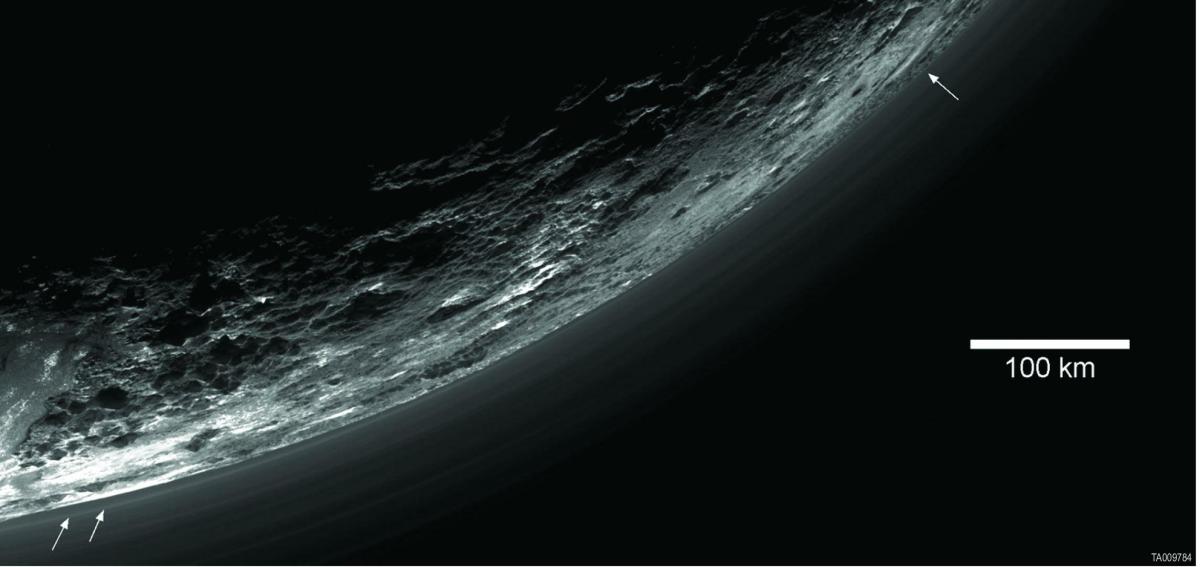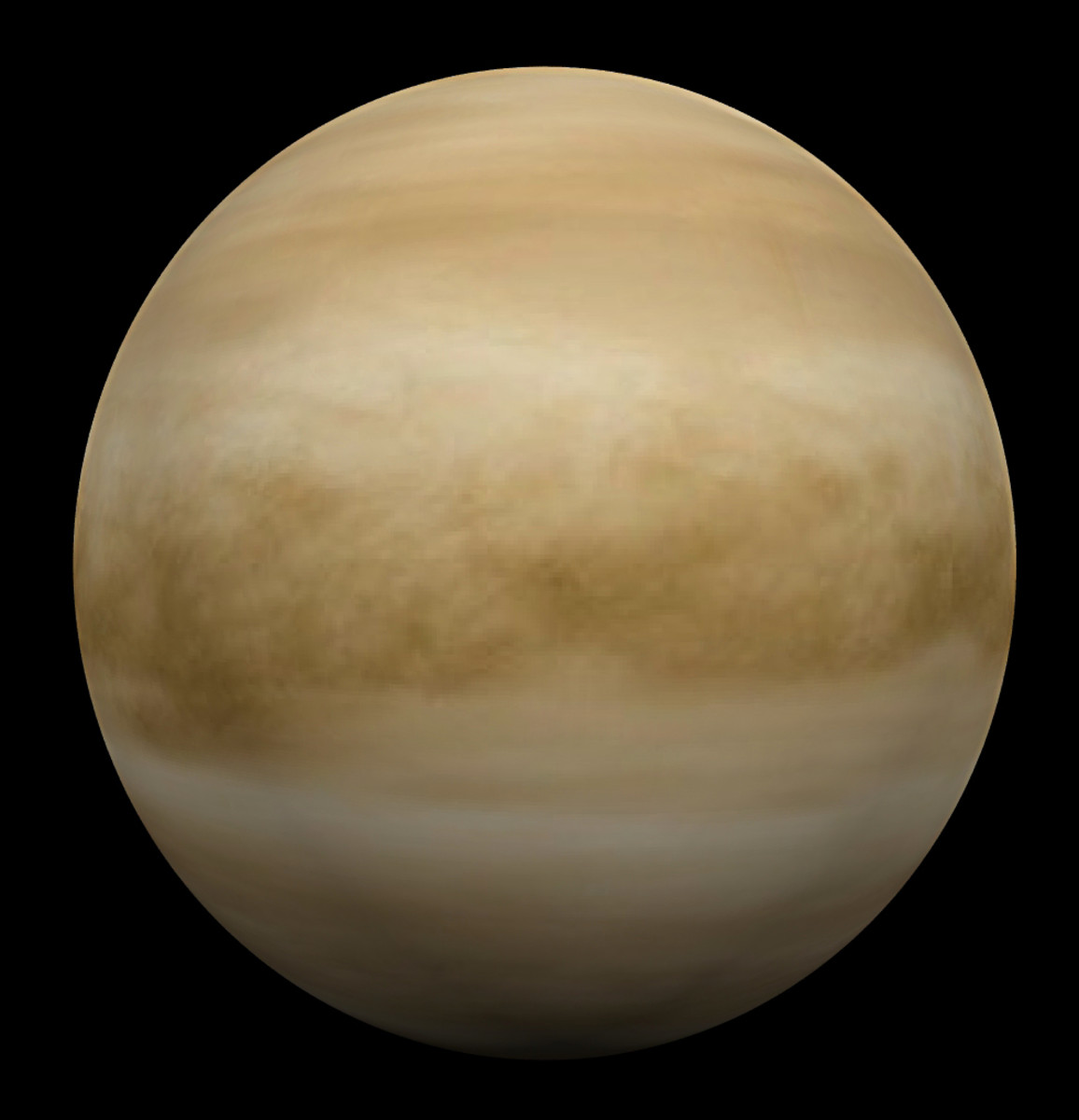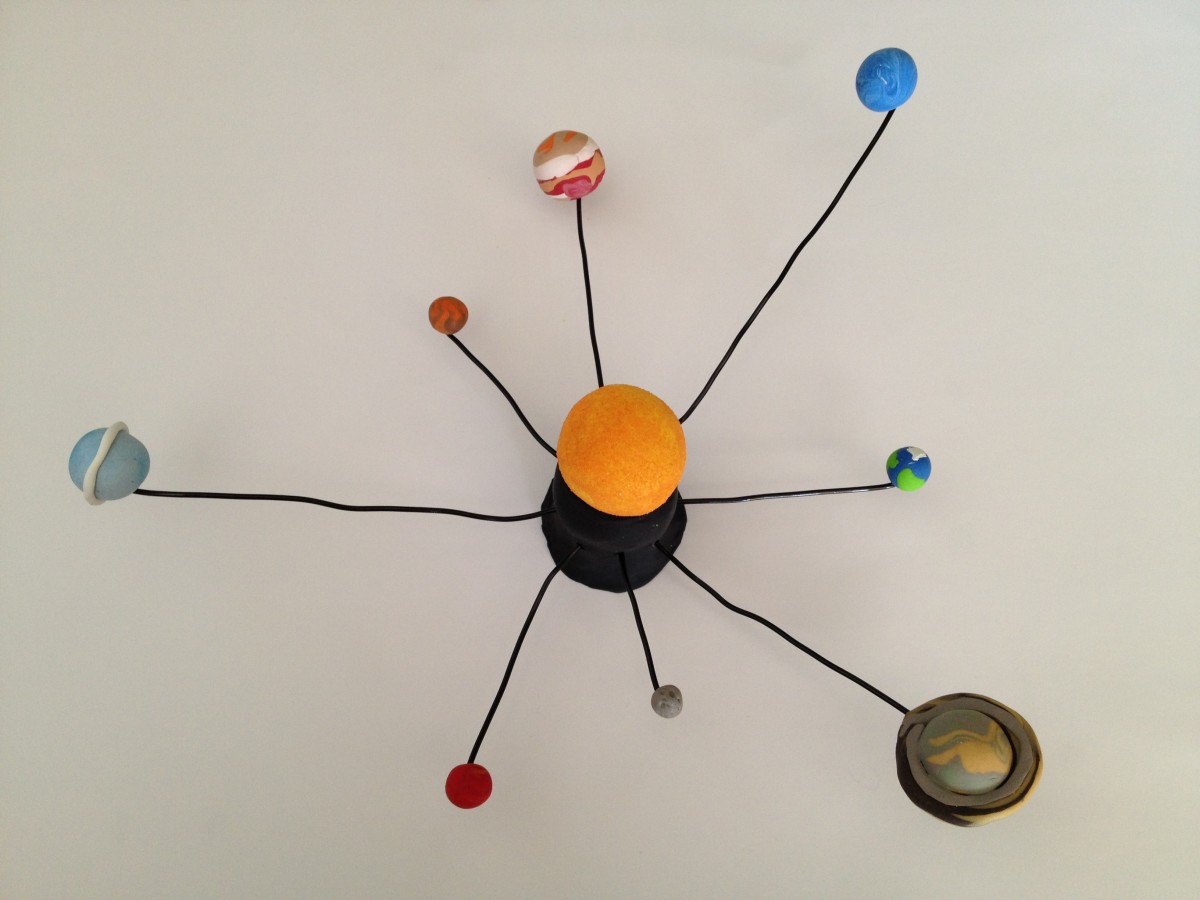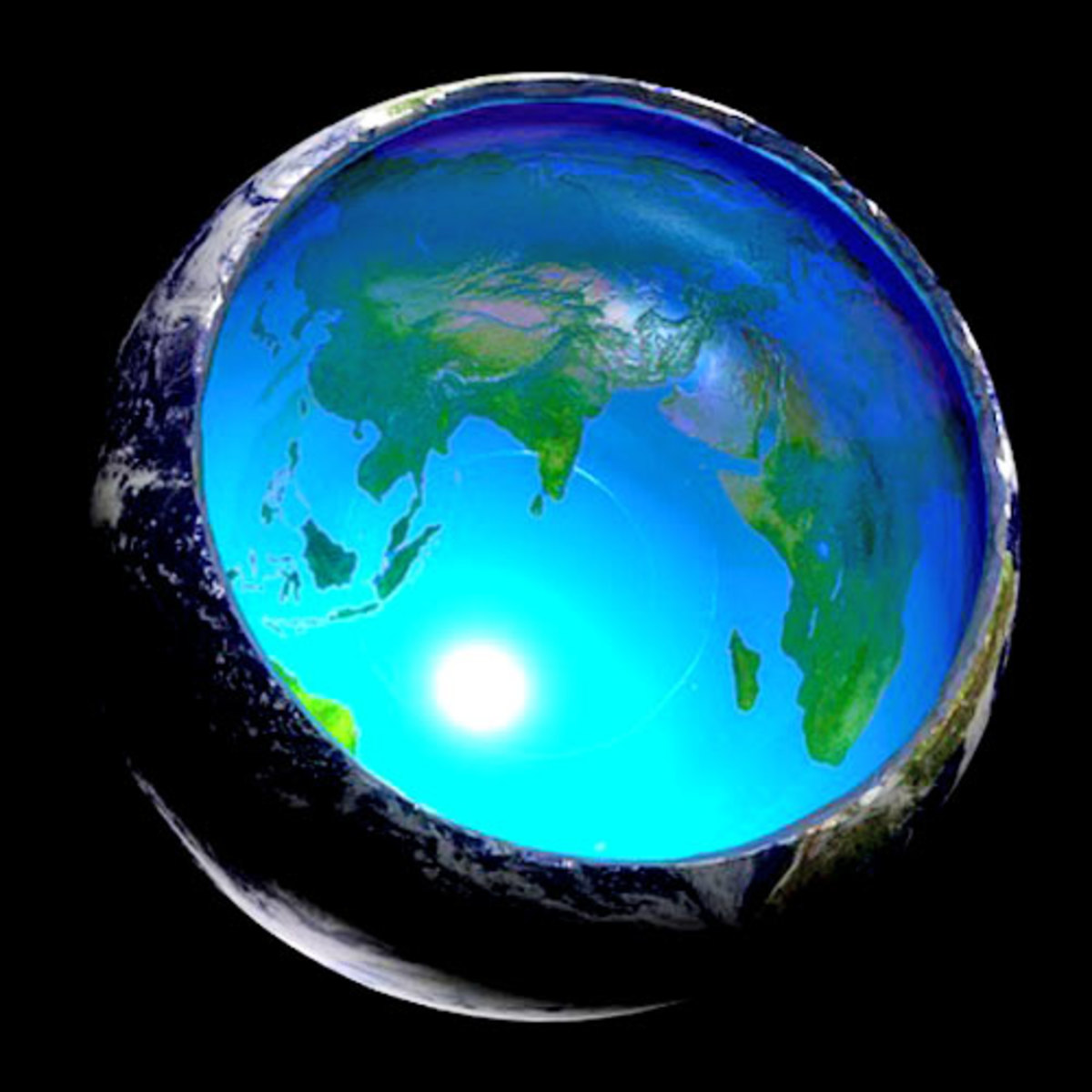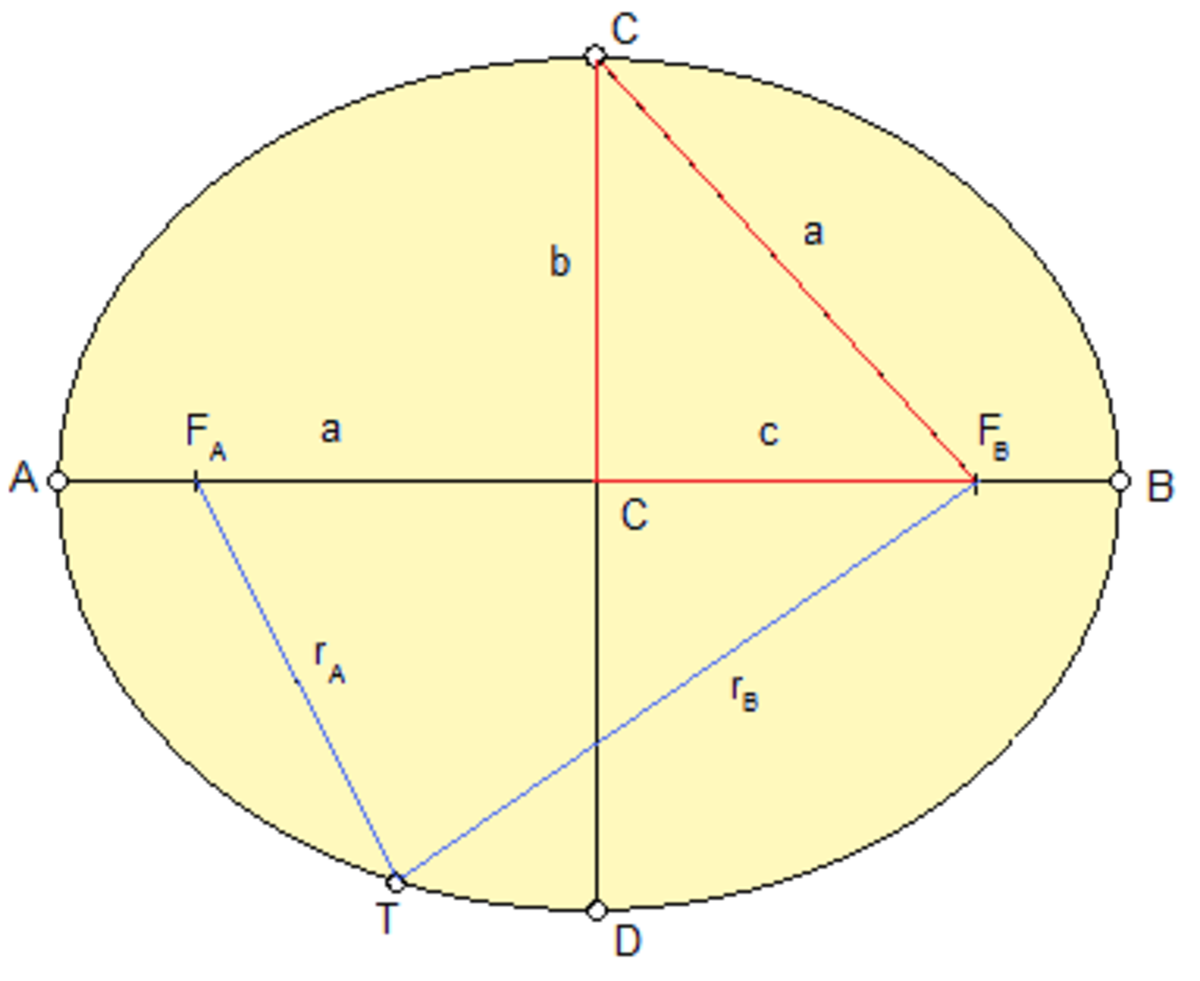What is a Dwarf Planet?
Definition of a Dwarf Planet
Dwarf planets are roughly spherical objects that orbit the Sun. They are smaller than planets. The defining difference is that a planet has sufficient gravity to have cleared its surroundings of debris. Smaller bodies orbiting in the neighbourhood around a planet are gravitationally attracted to it. They end up either colliding with the planet and being absorbed, or becoming a satellite of the planet.
Dwarf planets by definition do not have sufficient gravitational pull to attract and assimilate all of the smaller bodies in their surroundings.
Five objects in the Solar System have been identified as dwarf planets by the IAU (International Astronomical Union).
Pluto
Pluto used to be labelled as a planet. Astronomers reclassified Pluto as a dwarf planet after discovering that it lies in a region filled with other similarly sized objects. This region has been named the Kuiper belt after astronomer Gerard Kuiper.
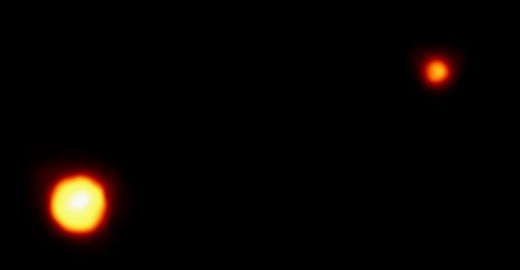
Ceres
Ceres is an icy dwarf planet located in the asteroid belt that lies between Mars and Jupiter. It is due to be visited in 2015 by NASA's Dawn satellite. This probe is on a mission to study the structure and composition of two objects in the asteroid belt – Ceres and Vesta. It is hoped that studying the development of these two protoplanets could help astrophysicists to better understand the evolution of the Earth. Ceres is the only dwarf planet in the inner Solar System – the region closer to the Sun than Jupiter. All of the others are located in the Kuiper belt.
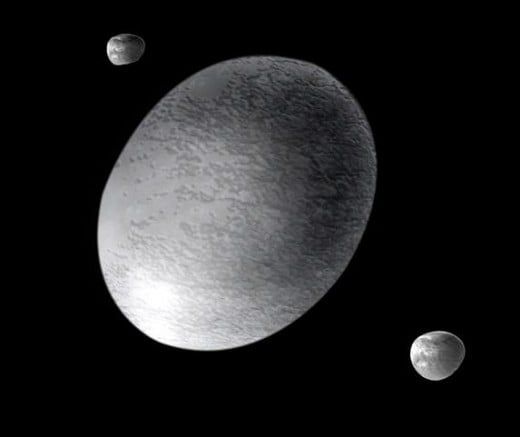
Haumea
Haumea is a dwarf planet that rotates very quickly, taking less than 4 hours to spin around on its axis. It is the fastest-rotating planet in the Solar System. Haumea is unusual because it is shaped like an ellipsoid, which is longer and thinner than a sphere. It has two moons – Hi'iaka and Namaka.
Makemake
Makemake's name is borrowed from a god who is worshipped by the people of Easter Island. It was given this name because it was discovered at Easter time in 2005. Although it now has a name fit for a god, for three years after its discovery astronomers used to call the planet “Easterbunny”.
Eris
Eris is the largest of the dwarf planets that have been identified so far in the Solar System, although its diameter is still less than one fifth that of the Earth.
Future Dwarf Planets
Expect to see the number of dwarf planets increasing in years to come. There are several objects in the solar system that might fit the definition of dwarf planet. Most of these are located in the Kuiper belt. As the discoveries of planets in other solar systems mount up, it is only a matter of time before the first extra-solar dwarf planet is identified.
More Astronomy Hubs
- Exoplanets
An exoplanet, or extra-solar planet, is a planet outside our solar system. Astronomers are interested in exoplanets because of the possibility that such planets could support extra-terrestrial life. - The Evidence for Dark Matter
We might not be able to see it, or even know exactly what it is, but it's definitely out there... - Where is all the antimatter? Mystery of matter-antimatter asymmetry
Why is the amount of matter in the universe so much greater than the amount of antimatter? What is antimatter?

